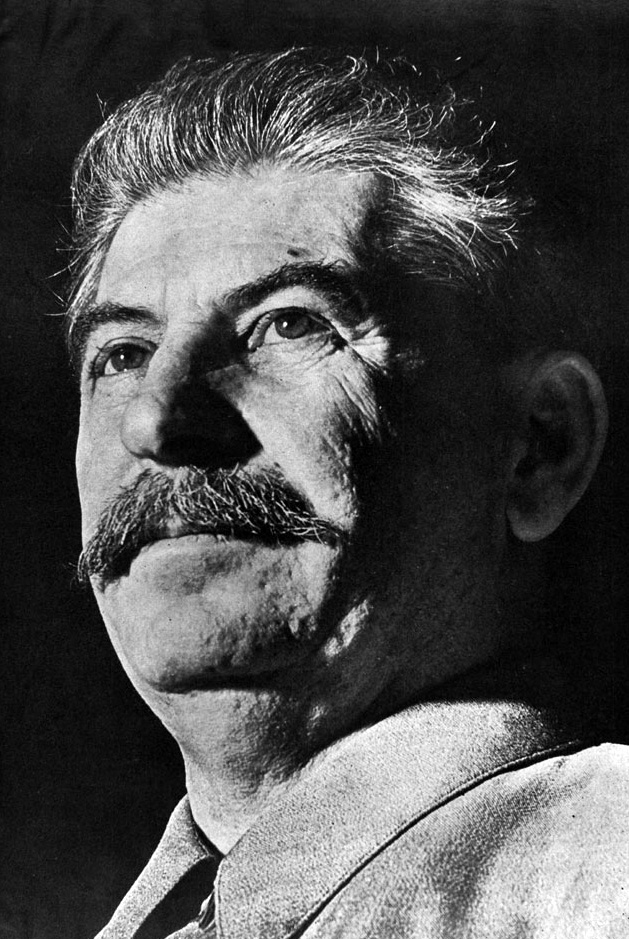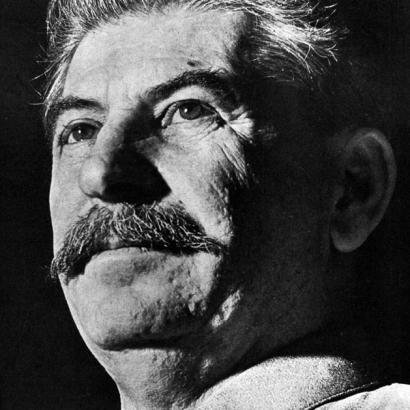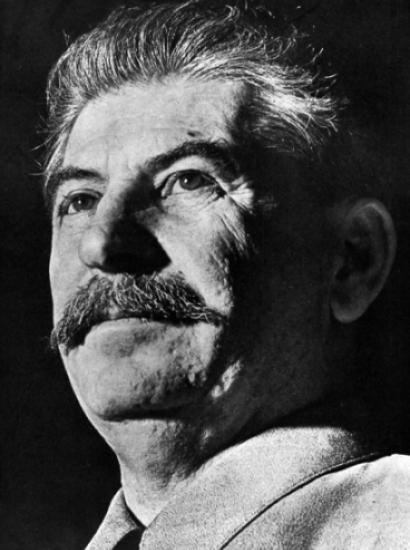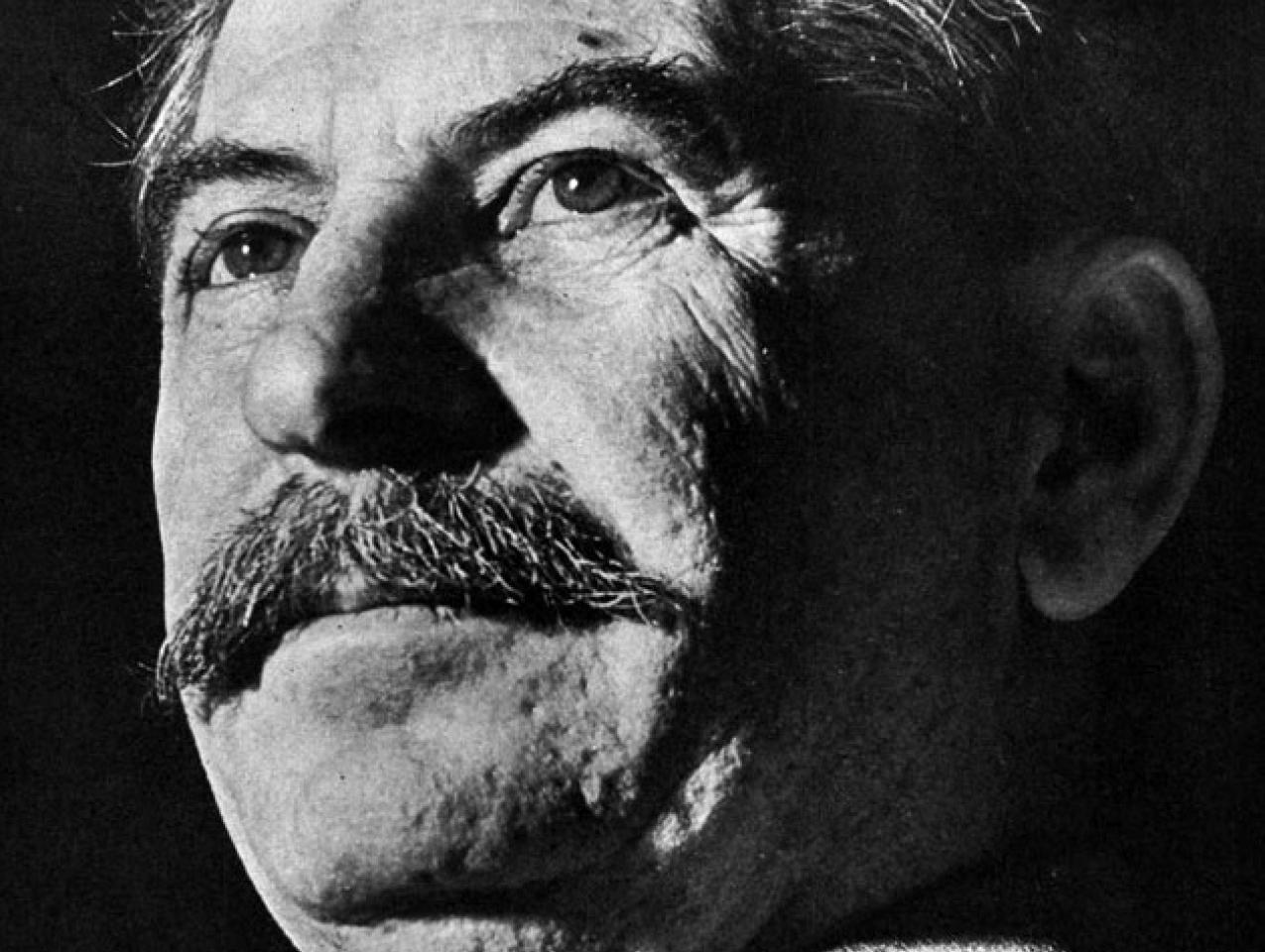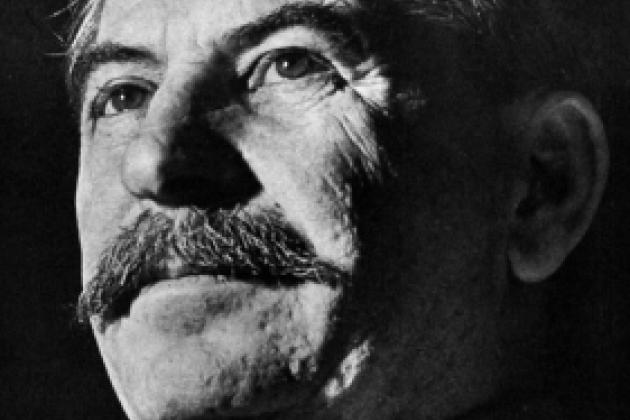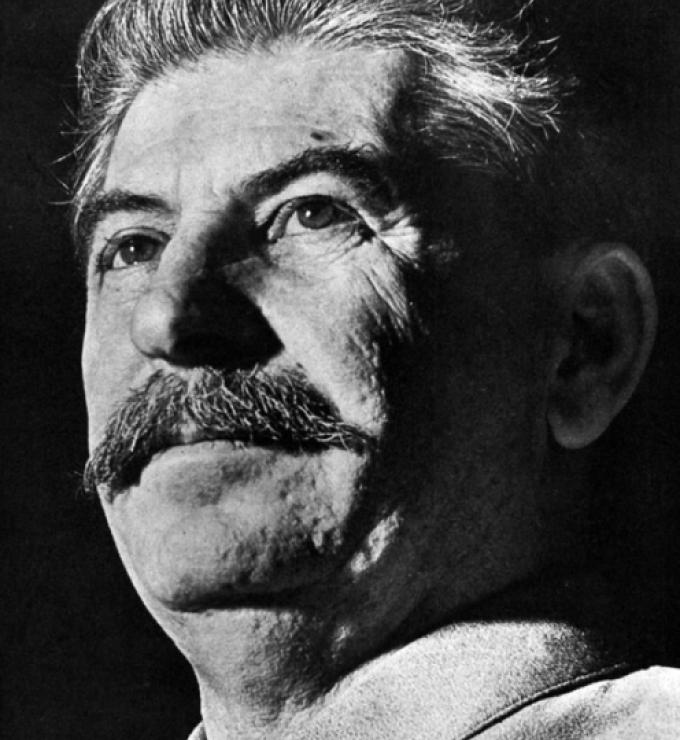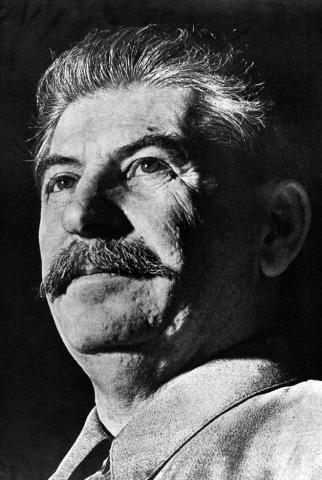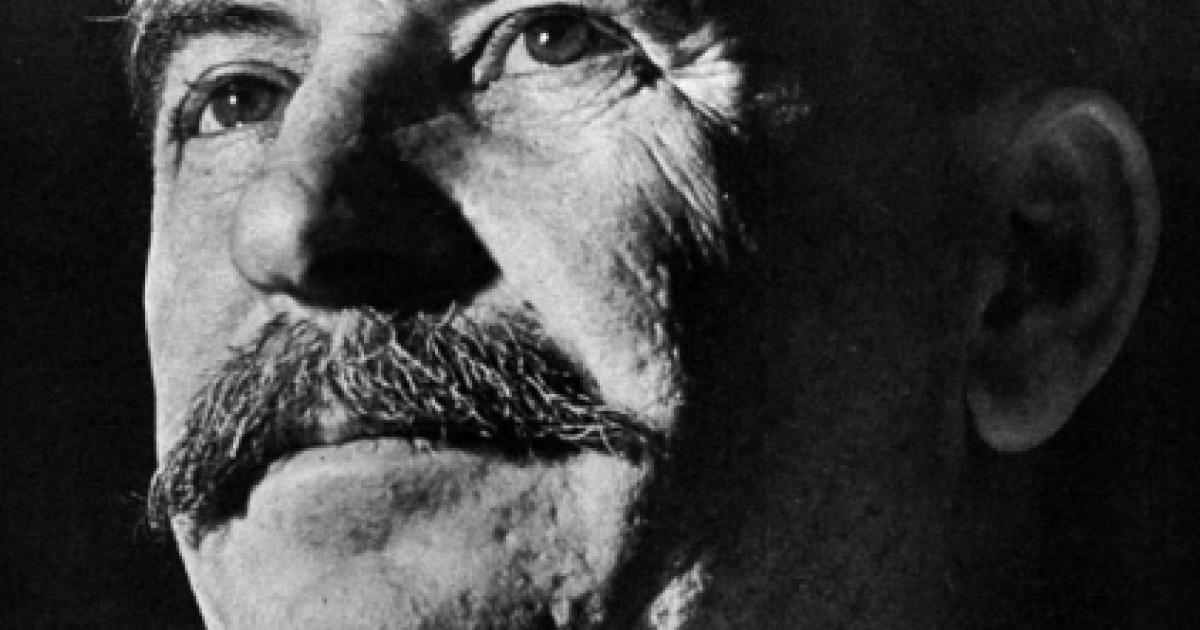- History
The December 17 Oscar short-listing of Marianna Yarovskaya’s Women of the Gulag in the documentary-short category created a stir in the world-wide Russian intellectual community. Yarovskaya, a dual citizen and a graduate of both Moscow University and USC, is the first Russian woman to be so short-listed since the founding of the Russian Federation. While official Russian media limited coverage to a brief announcement on the Kultura channel, Russia’s small liberal media celebrated.
Hopes for a historic Russian Oscar were elevated when Hollywood’s seven top gurus all predicted nomination. When Women of the Gulag fell short of a nomination, social media redirected to a discussion of Hollywood’s silence on Stalin’s genocides, which are among the worst in modern history. (By “Hollywood,” I mean L.A.’s international film community).
In the sometimes-heated online exchanges that followed, “Andrew” explained Hollywood’s leniency towards Stalin as the choice of the lesser evil—Stalin over Hitler—made back during World War 2. “Tatyana” opined that Stalin’s terror is an “internal” matter. Hitler started a world war. Stalin did not. “Yulia” ventured that Hollywood’s political inclinations prompt it to ignore the crimes of communist regimes, be they Stalin, Mao, or Fidel. In contrast to its reticence on communism, Hollywood has provided extensive coverage of the crimes of fascist regimes. (A notable exception is “The Killing Fields,” set in Pol Pot’s Cambodia with seven Oscar nominations and three wins.)
We can agree to disagree, but it is true that filmmakers have largely ignored the mass executions, Gulag camps, and repressions for “political” crimes that took place in the Stalin years. International awards for Stalin themes have been rare. Burnt by the Sun by Nikita Mikhalkov won the best foreign film in 1994, and Andrzej Wajda’s Man of Iron (1981 and Katyn (2007) were nominated for the same category. The Way Back by Peter Weir (2010) captures the atmosphere of a Gulag lumber camp, but it is largely an adventure movie. We could find no Oscar nomination or win of a documentary film on Stalin since the postwar era. For the same period, feature films on Nazi Germany were nominated or won some twenty “best film” and “best actor/actress” Academy Awards.
Notably, satire, such as the critically-acclaimed Death of Stalin by Armando Iannucci (2017) and Children of the Revolution by Peter Duncan (1996), has proven an effective vehicle for ridiculing the system a la Chaplin’s Great Dictator, but satire does not probe its horrors.
Left unsaid in the social media discussion is that, until Gorbachev’s perestroika and the collapse of the Soviet Union, the secrets of Stalin’s terror lay buried in official archives labelled “top secret.” We had scholarly literature such as Robert Conquest’s Great Terror and Alexander Solzhenitsyn’s Gulag Archipelago, and little more. But the Soviet archives have been largely open for more than two decades, and scholars have accessed microfilm that lay bare the Gulag’s secrets.
The Hoover Institution archives, for example, has microfilm copies of Stalin’s telegram that ordered the Great Terror, the “shooting lists” he marked to approve executions of officials, the administrative records of the Gulag administration, the “smoking gun” on the Katyn forest massacre, and the official NKVD tallies of executions. The latter show that, from August 1937 to November 1938, NKVD executioners dispatched an average of 1,500 per day with a bullet to the back of the head.
A lack of credible information on the Gulag is no longer an excuse for the dearth of films on the subject. Specialists know all we need to know to make historically-accurate high-quality films. Just look at the detail and insights on the Stalin period in Stephen Kotkin’s two-volume biography of Stalin.
No, Hollywood’s neglect of Stalin as a subject can no longer be explained by lack of historical knowledge. It suggests something deeper, perhaps a feeling that such a topic will not garner the necessary financial support or enthusiasm, or have prize-winning appeal.
Women of the Gulag was conceived against this backdrop.
Marianna Yarovskaya and I teamed up seven years ago. I was then working on my book Women of the Gulag and Marianna was intent on making a film on the same subject. This was not a quixotic venture. Marianna had won a student Oscar back at USC, and we had two prominent advisors from the world of documentary film, Mark Harris and Mitchell Block, on our side.
From Day One, we never deviated from our basic concept: The film consists of the women’s personal stories, told in their own words and in their own surroundings. Each story is divided into three segments; normal life, arrest and incarceration, and return to “civil” life. Starting with the three living “heroines” from my book (Fyokla, Ksenia, and Adile), we worked with human-rights organizations—Memorial, Solzhenitsyn Foundation, and Sakharov Fund—to identify three additional subjects (Vera, Nadezhda, and Elena). Marianna recruited from exceptionally talented Russian camera and sound crews to record her interviews and capture surroundings that date back to the Gulag years.
We began with no funds and no backers. We were fortunate to be awarded a National Endowment for the Humanities’ Bridging Cultures through Film grant, which made a dent in project costs covered otherwise by crowdfunding, small grants, gifts, and money from our own pockets. We were gratified to receive small and large donations from Russian citizens. We also had some great film specialists working for free or for the hope of eventual payment.
Within a day of our first meeting at Stanford, we began to film some of the top Gulag scholars, such as Anne Applebaum and Robert Service, gathered at the Hoover Archives for the summer workshop on Totalitarian regimes.
We were excited to get an email a few weeks ago from the Academy saying that our film was among the 10 (of 104 entries) shortlisted, and that the five nominees would be announced on Jan. 22. Marianna was the first Russian woman to be shortlisted or nominated for an Oscar since the founding of the Russian Federation, and the second Russian female director to be shortlisted for an Academy Award in any category in 91 years.
Requests for interviews flooded in from Russia’s scrappy liberal press, and from Voice of America, Radio Liberty, Radio Free Europe, Echo of Moscow, Moscow Times, and Kyiv Post. John Batchelor hosted Marianna and me on his syndicated radio show. John was enthused but skeptical that Hollywood would give its highest award to a film about Stalin’s genocides. Marianna informed the Russian Federation’s Ministry of Culture and received back a formal statement that the film is not a “national film” of the Russian Federation. There was a sudden awakening of interest on the part of film distributors.
A personal sidebar at this point: The Academy requested that I fill out a “producer eligibility form.” As an outsider to the film industry, they had to make sure that my contribution to the film was worthy of a producer’s Oscar. Shortly before the January 22 vote, I received a certification that I had indeed qualified. (I did not reserve shelf space for the statuette at that time).
As the voting for the five nominees commenced, we became increasingly apprehensive. Most of our competitors were sponsoring private showings, panels, and various other publicity events for their films. Several of our competitors had major backers for whom the hiring of professional publicists was petty change. We did our own amateur PR, helped by some loyal volunteers. We were later to learn that 2019 will be the most expensive campaign in the history of Oscar awards.
As Jan. 22 approached, we were buoyed by some good news. All seven major prognosticators (including Variety, The Wrap, Indiewire, LA Times, and Hollywood Reporter’s Feinberg Forecasts) predicted we would make the final five. These were the professionals, we thought. Surely, they know what they are doing. Bookies placed our odds of winning the whole shebang at 6/1.
Marianna and I made our plans for Jan. 22 differently. The Academy was to announce the nominees at 5:20 a.m. Marianna, who was being shadowed by Spectrum TV, decided she’d sleep through to 7 a.m. and get the news (good or bad) from a friend. Marianna and I did not catch up with each other until the end of the day. She was inundated with condolence calls, and then had to attend a “victory party” to which the entire crew was invited. The mood was one of disappointment but recognition of the remarkable achievement of a small-budget independent film coming out of nowhere to be among the top ten short documentaries for 2019.
I got up at 5:45 a.m. to learn we had not been nominated. I must confess that my first reaction was: “Hollywood has given Stalin yet another pass. What a shame.”
Not being nominated for an Academy Award is certainly not the end of Women of the Gulag. Our goal remains to give voice to the last witnesses of one of history’s great atrocities, of which [about half of Russian youth have little knowledge or interest./
Societies that do not come to terms with such genocides suffer, each in their own way. There is still the Emmys, if we can find a suitable TV venue. We have a premiere in London on April 23 at the Barbican Centre. Universities and museums are requesting showings and panel discussions. Most interesting is going to be the reaction of Russian media. Will they allow a showing on a major network? We’ll wait and see.
One thing is certain: There will be no second Women of the Gulag. We captured these heroines near the ends of their lives—in their eighties and nineties. As the voting began, we learned the sad news that Fyokla, a peasant girl who grew up in a Gulag settlement in the Urals to become a local human rights activist, had passed on. She has joined Ksenia and Vera as “last witnesses” lost forever. Adile, now 98 years old, put it best: “I have lived so long so as to be able to tell the truth.”







